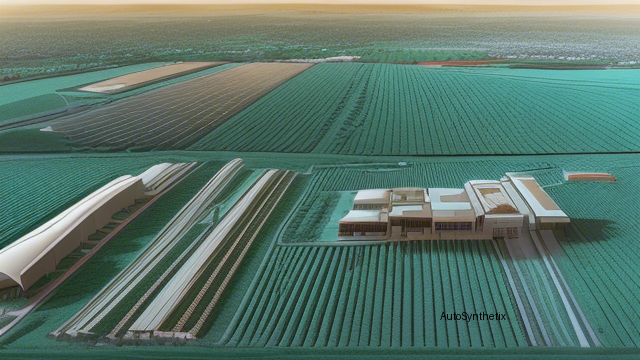Introduction
In today's fast-evolving technological landscape, artificial intelligence (AI)-driven innovations continue pushing boundaries within various industries, particularly energy management. In a groundbreaking development reported by arXiv, researchers have crafted a highly advanced "synthetic" Texan power grid model – the Texas 123-Bus Backbone Transmission (TX-123BT) system – meticulously simulating complex environmental factors impacting our modern electricity grids. By doing so, they pave the way towards more effective planning strategies, enhanced sustainability efforts, and a brighter future powered by clean energies.
The Making of a Pioneering Model
Unlike traditional simplistic snapshots of electrical system configurations, the revolutionary TX-123BT offers comprehensive high-resolution detail over extended periods, spanning five consecutive years at hourly intervals. Capturing the essence of the Electric Reliability Council of Texas' (ERCOT) intricate operational dynamics, the synthesized environment accounts for three critical aspects: spatial distribution, temporal evolution, and most notably, the influence of ever-changing climatic circumstances upon renewable resources like solar power and wind power generation.
Developing these sophisticated time series profiles necessitated the employment of three distinct yet interconnected weather-responsive models. Each model was individually tailored to generate accurate projections for either solar or wind output alongside dynamic line ratings (DLR), a vital parameter dictating safe operating thresholds under varying temperature constraints.
Security Constraints Meet Advanced Simulations
To validate their innovative framework's practical applicability, the team conducted extensive simulations through a process known as Security-Constrained Unit Commitment (SCUC). Comparative analyses between the artificially generated TX-123BT scenarios and genuine counterparts from ERCOT demonstrated remarkable congruence, thus proving its scientific veracity.
Furthermore, the report showcased how integrating hypothetical hydrogen installations into the established infrastructure could significantly enhance overall efficiency when leveraging the minute details embedded within the TX-123BT's spatio-temporal constructs.
Embracing Tomorrow's Sustainable Horizons Today
By presenting a hyperrealistic representation of a vast electric network, this pioneering work signifies a paradigm shift in the approach to modeling sustainable power sources. As we gradually transition away from fossil fuels, tools such as the TX-123BT will undoubtedly play a crucial role in optimizing resource allocation while ensuring uninterrupted supply across expansive geographies. Ultimately, this ambitious endeavor serves as a prime exemplification of AI's transformational potential shaping tomorrow's green economy.
Source arXiv: http://arxiv.org/abs/2302.13231v2
